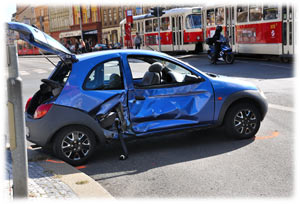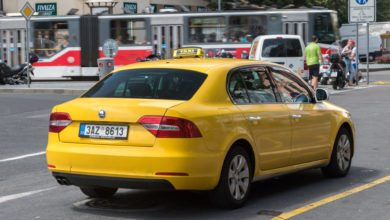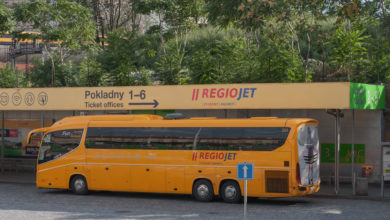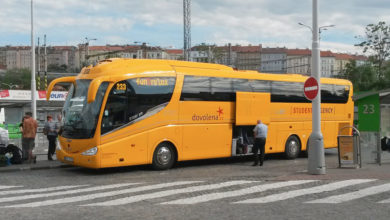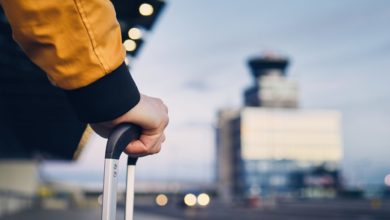Driving In The Czech Republic
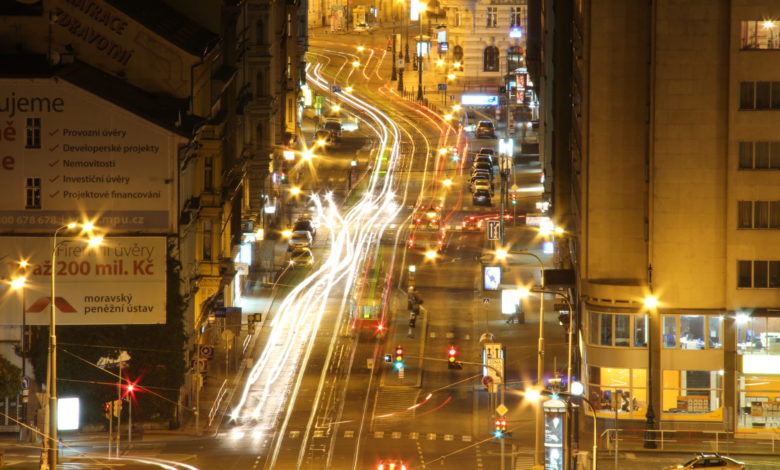
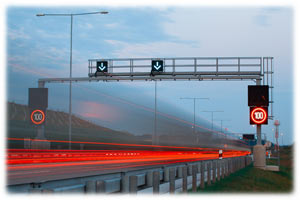
Before driving, be sure that you are sober because the Czech Republic does not tolerate drink-driving (drivers aren’t allowed to drink any alcohol at all, and the same goes for drugs).
Ensure that your seat belt and your passenger’s seat belts are secured (include everyone in the back of the car as well if the car is equipped with them). Children under 12 and anyone under 18 shorter than 150cm can’t ride in the seat next to the driver unless they sit in an approved child seat and there’s no passenger airbag. Small children must be in approved child seats whether they’re in the front or the back.
Using a cell phone (or any hand-held electronic device) isn’t allowed when driving. The highest speed permitted in built-up places is 50 km/h. This goes up to 90 km/h on the main roads and 130 km/h on the motorways. Every vehicle must have its headlights on, whatever time of day it is.
Motorcyclists, along with their passengers, must wear protective helmets, and the speed limit for motorcycles is 90 km/h on roads and motorways and 50 km/h in towns and villages.
The Czech Republic hasn’t got toll-booths. As a substitute, you have to buy a sticker for your window. These stickers (dálniční známka) can be purchased at border crossings, post offices and petrol stations. Fill the sticker in with the registration number of your car and fix the shield-shaped part to the inside bottom right-hand windscreen corner. Keep the rectangle-shaped bit as your proof-of-purchase. Each rented car should have a motorway sticker attached already. If you are found without one, you will be fined up to 5000 CZK. A sticker valid for 10 days costs 310 CZK, for 30 days 440 CZK, and for the year 1500 CZK.
On a motorway, you are only allowed to overtake on the left-hand side — but this rule is often broken. If you are caught up in a crash, do not move your car until law enforcement arrives. If you have to move it, for safety, record the positioning of each car before you do so. In emergencies, car drivers can ring road traffic help, or U.A.M.K., on 261 104 123 or 1230. They are in operation 24 / 7. You will discover phones at each mile, or 1.6 km, on every motorway.
Driving in Prague
Getting behind the wheel in Prague invariably means angst, delays and confusion, and that’s especially true on Fridays and Sundays. If not necessary, park your car at your hotel or further from the city centre and use public transport or taxis instead.
Drivers in Prague
